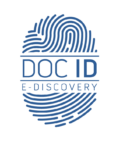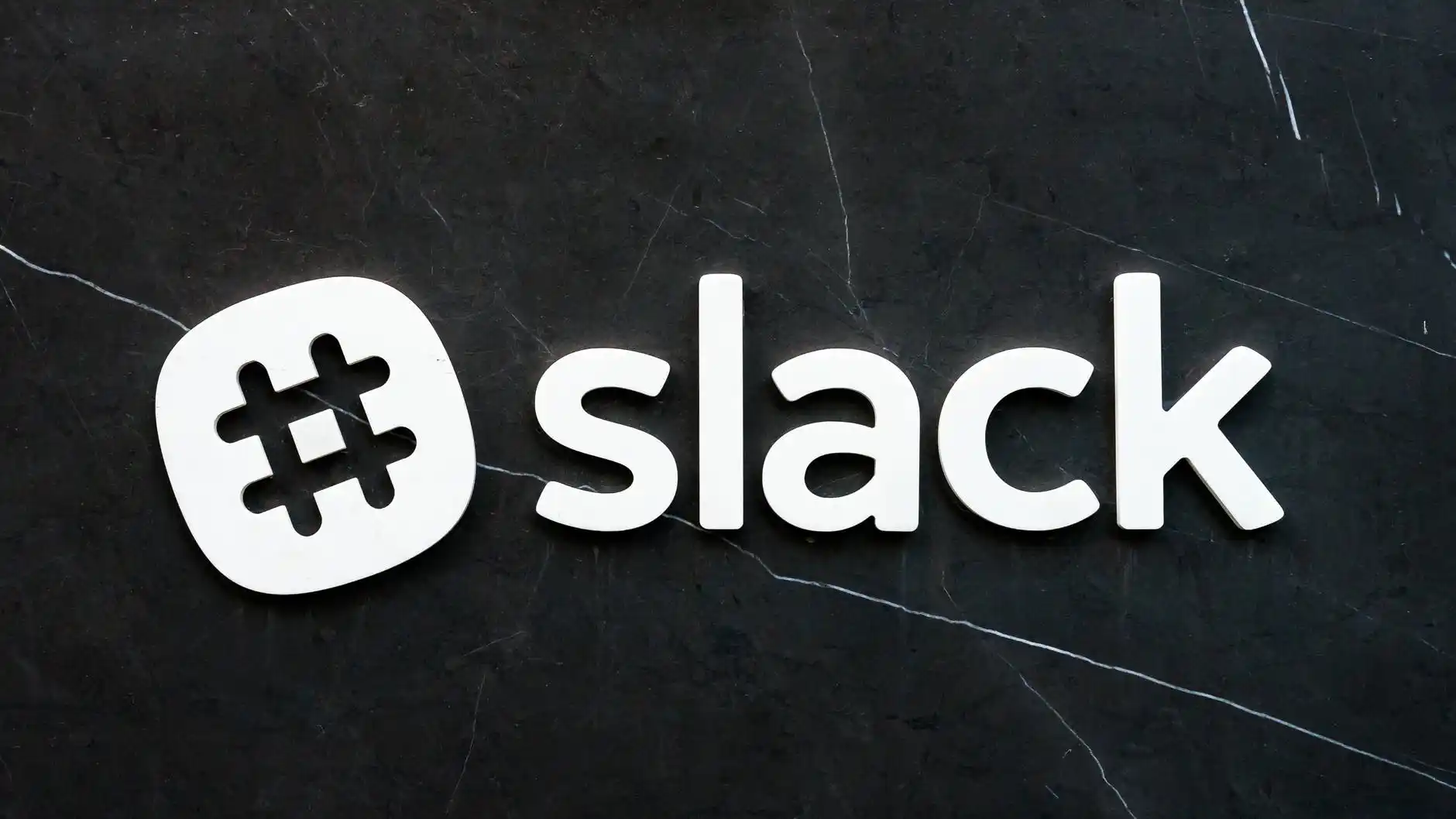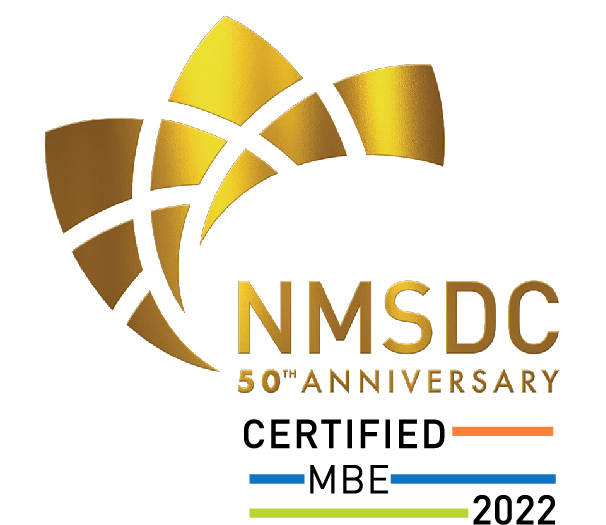Jim Gill | July 26 2022
When collecting electronically stored information (ESI) for ediscovery during litigation, it’s essential to realize that each data source carries unique challenges. So the first step in any ediscovery process, especially when dealing with a new data source, is understanding these challenges to choose the right solution.
With the rise of collaboration applications in the past few years, capturing data from Slack and other enterprise messaging platforms has moved to the forefront for many in-house legal teams.
Below are five challenges when collecting Slack data during ediscovery that legal teams should consider, and what they should look for in a technology solution.
1. Context is Crucial
One of the biggest challenges when preserving and collecting collaboration data, such as Slack, for ediscovery is viewing and searching that data in context. Unlike traditional email, capturing the unstructured, ongoing, and multifaceted elements of collaboration data (and related metadata) presents a significant challenge to corporate legal teams. No subject lines, no dates, no threads + emoji, gifs, attachments, share drives = ediscovery nightmare.
This complexity is why it’s crucial to be able to view Slack data as it appears within the ongoing conversation. Yes, the raw data can be preserved and exported, but it is all but useless to legal teams in that form. Presentation is everything.
2. Emoji Are Here to Stay
Once you have the context problem solved, you have to deal with the issue of emoji, which can change the tone of the message text or carry a different meaning altogether than what they literally represent (e.g. the eggplant and the peach).
Adding to the emoji challenge is the sheer number of them to keep up with. According to a 2019 article in the Wall Street Journal, Slack contained 26 million emoji (at that time), with one enterprise Slack client creating more than 50,000 custom emoji in their system. Needless to say, this could pose quite a challenge should this data be needed during litigation.
3. Managing Legal Holds, Preservation, and ECA on Dynamic Data Sources
Today’s collaboration and SaaS data is dynamic and constantly changing from minute to minute, so it can be challenging to manage holds and preserve this type of data with traditional eDiscovery methods. Because of the complexity, many organizations would have to rely on 3rd party Legal Service Providers (LSP) to collect the data, process it into a usable form, and apply ECA tools for search and culling. With this “collect everything” approach, increases in time and costs can be significant.
4. The Need For Speed
FRCP Rule 26(f) sets forth a timeline for parties to “discuss any issues about preserving discoverable information; and develop a proposed discovery plan,” giving legal teams only 69 days from the initial complaint to begin framing their litigation strategy.
This rule dictates that in just a little over two months, legal teams need to identify, hold, and preserve collaboration data while being able to view it within a usable context to start building their case in time for the “meet and confer” conference with opposing counsel. They will also need to begin the process of culling irrelevant ESI to avoid unnecessary cost and risk by sending unnecessary data to outside counsel for review.
5. Added Stakeholders Mean Added Data Risk
eDiscovery traditionally includes data handoffs between multiple stakeholders – IT, Outside Counsel, and Legal Service Providers – which increases risk and cost. Being able to quickly identify and preserve relevant data in-house, without additional data handoffs, prevents overcollection and data duplication without sacrificing defensibility.
Ediscovery Checklist for Slack and Other Collaboration Data
Find an eDiscovery solution that:
– Defensibly preserves, collects, and delivers immediate views into hard-to-capture data sources like Slack, Google
Workspace, and Jira, as well as other SaaS platforms and internal systems, while maintaining the context of the
conversation, including attachments, emoji, and metadata.
– Targets collections so that internal teams can quickly gain insight into communications without complication,
leading to speedy resolutions, while reducing risk and cost.
– Gives optimal presentation of ESI, with the ability to view and interact with collaboration data as if you were
looking at the live site, providing a clear understanding of the situation for a fair and quick resolution, while
elevating the standard of evidence during an investigation or eDiscovery.
– Empowers legal teams and non-technical staff with a simple and intuitive interface, so they can easily query data
and orchestrate legal holds across multiple platforms – like Google and Slack – with just a few clicks.
– Avoids duplicative data preservation and collection processes with PIP at the point of creation, so legal teams
can collect only the ESI which is relevant to the case, while automatically synchronizing across platforms so
there’s never a need to re-pull or deduplicate data.
– Keeps as much of the discovery process in-house to mitigate data risk, reduce cost, and meet strict deadlines.








Leave A Comment